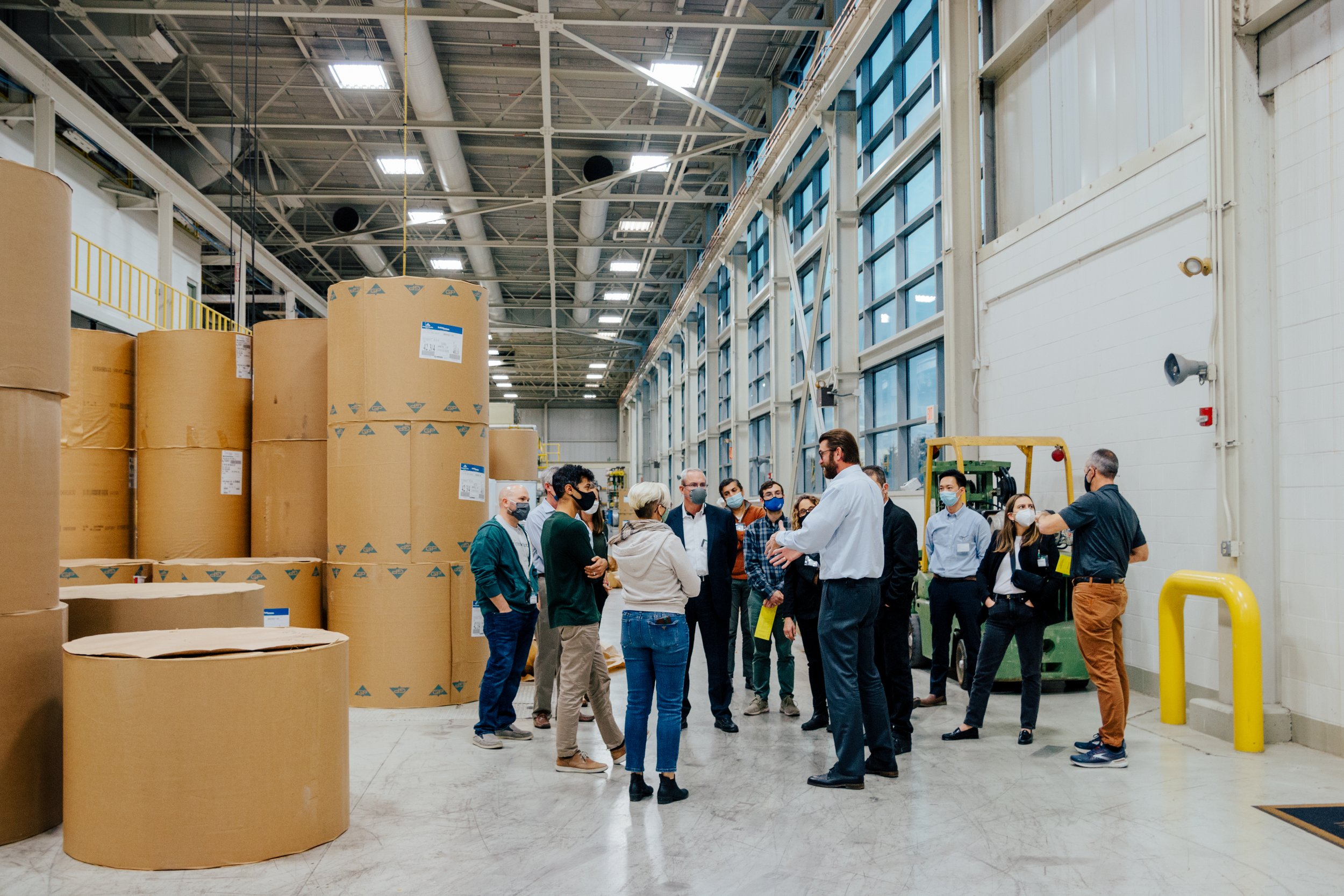The Benefits of Multi-County MMP Collaboration
The Benefits of Multi-County MMP Collaboration


Think About the Planning Process
When it comes to working with one county or multiple counties on Materials Management Planning (MMP), weighing the benefits and risks carefully can help lead to successful, mutually beneficial relationships.
Collaboration can create great opportunities, benefits, and efficiencies as well as potential challenges. Creating an MMP is complicated. Think about the activities you have to complete before you even begin the planning phase:
Form a prescriptive planning committee that needs to be appointed and engaged
Create public notices for meetings
Keep the board of commissioners apprised of the progress
This is going to be a lot of work for many counties. It’s also been two to three decades since many Michigan counties have updated their last plan, called a Solid Waste Management Plan (SWMP). Although other some counties may have updated their plans in more recent years, there are new processes and considerations for the MMP process compared to the previous SWMPs. The MMP process is entirely new for everyone, including EGLE. This means there may be a few bumps in the road, which may create complications during this first MMP process.
Planning Alone May Be Right for Some
Considering that this is a new process, planning alone may be easier and seem less risky for many counties. Planning with another county or multiple counties may create some challenges as communities contend for funding, attention, and equitable representation in a joint planning process. If you do not already have strong working relationships with your surrounding counties or political contention exists, planning alone may be best for your community at this point.

Ready to Plan Collaboratively?
If you’re still on the fence about whether to plan collaboratively, contact us and we can talk with you about the pros and cons specific to your situation.
If you are ready to plan collaboratively, we have a few tips for you. First, be prepared to negotiate with the other county/counties to ensure your county’s needs will be met and that your county has equitable representation on the planning committee. Second, multicounty planning requires a single Designated Planning Agency (DPA), so it is important for each participating county to agree on this in advance. Lastly, you need to develop an interlocal agreement, get it approved, and submit it to EGLE. Spend time with a legal team to develop an interlocal agreement that details the roles, responsibilities, expectations, financial commitments, decision-making timelines, and other important considerations of the working relationship. This last step will take some time and has to be part of the Notice of Intent you send to EGLE by July 6, so now is the time to decide!
Need An Interlocal Agreement?
We have developed an MMP interlocal agreement with our legal team and can offer this as a service to you. Contact us today to discuss how RRS can support your county’s Materials Management Planning strategy, development, and implementation!
The Clear Benefits of Planning Collaboratively
The benefits of pairing up with another county for Materials Management Planning can be significant, especially if you already have a strong working relationship with them for other cross-county services. The benefits of collaborating include efficient service planning and implementation, consistent public messaging, shared planning efforts, and additional funds from the state.
There are materials flowing INTO and OUT OF your county from adjacent counties regularly – be it trash, recycling, or compost. There is a bigger system of materials that does not follow political boundaries. Planning collaboratively could make for more efficient planning efforts and service implementation. Furthermore, our population tends to be more mobile – living in one county while working in the next. Collaborating on programming can lead to collaborative messaging and clear communication to the public.
Writing a Materials Management Plan is going to be a lot of work. Working collaboratively with other counties will give you a colleague that can share some of the work that goes into planning.
There’s also a financial benefit of formally planning together. As a baseline, each county that submits a Notice of Intent, creates a planning committee, and develops a work program that meets the legal criteria of Part 115 is eligible to receive $60,000 per year (plus $.50 per capita for the first three years). Counties that agree to plan together and create an interlocal agreement that outlines the relationship get an additional $10,000 per year per county for the duration of their co-planning relationship. Over the course of a 5-year planning cycle, your county would get a “bonus” $50,000 to be used for planning and implementation of materials management activities like, recycling programs, organic materials management, education and outreach, related market development, and materials reduction and reuse initiatives.
